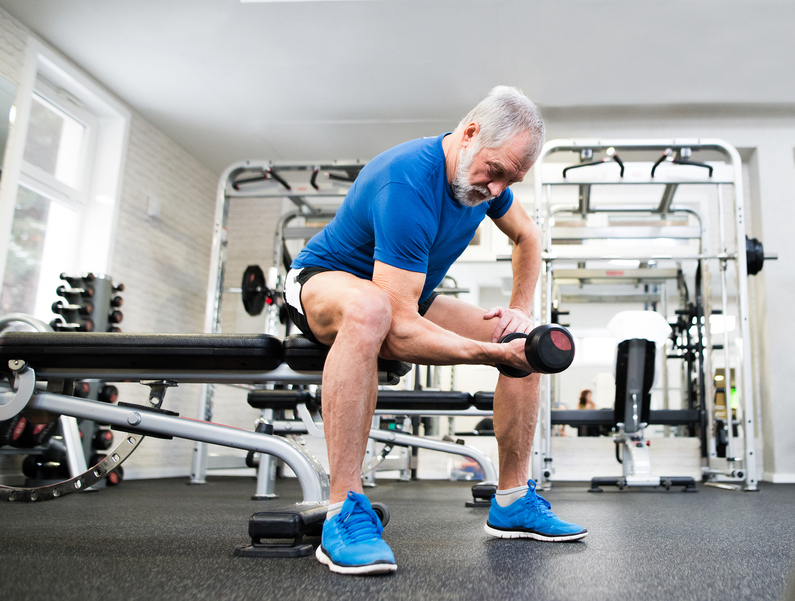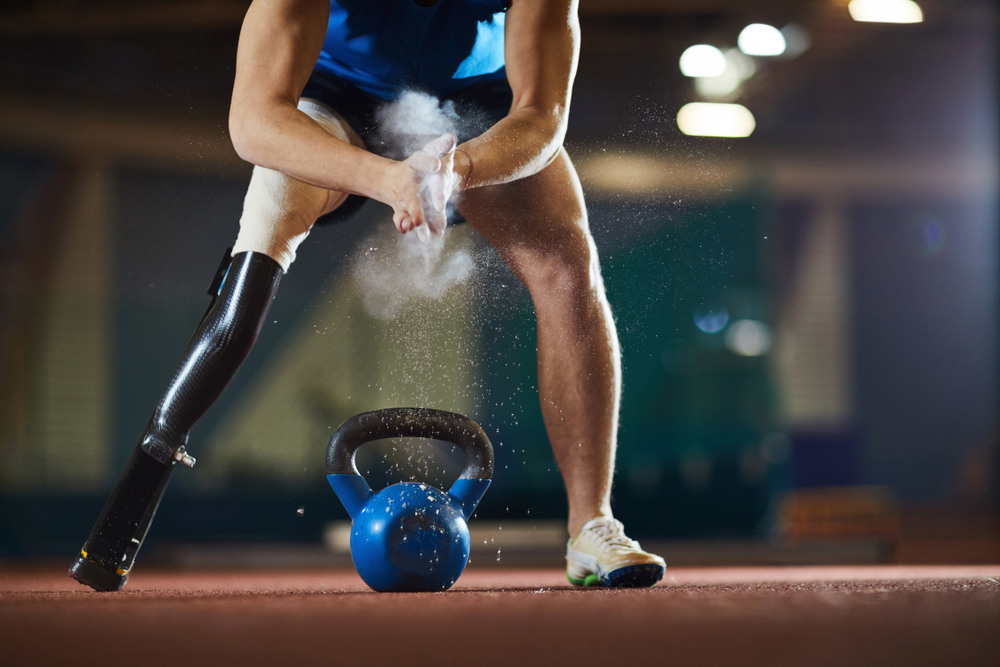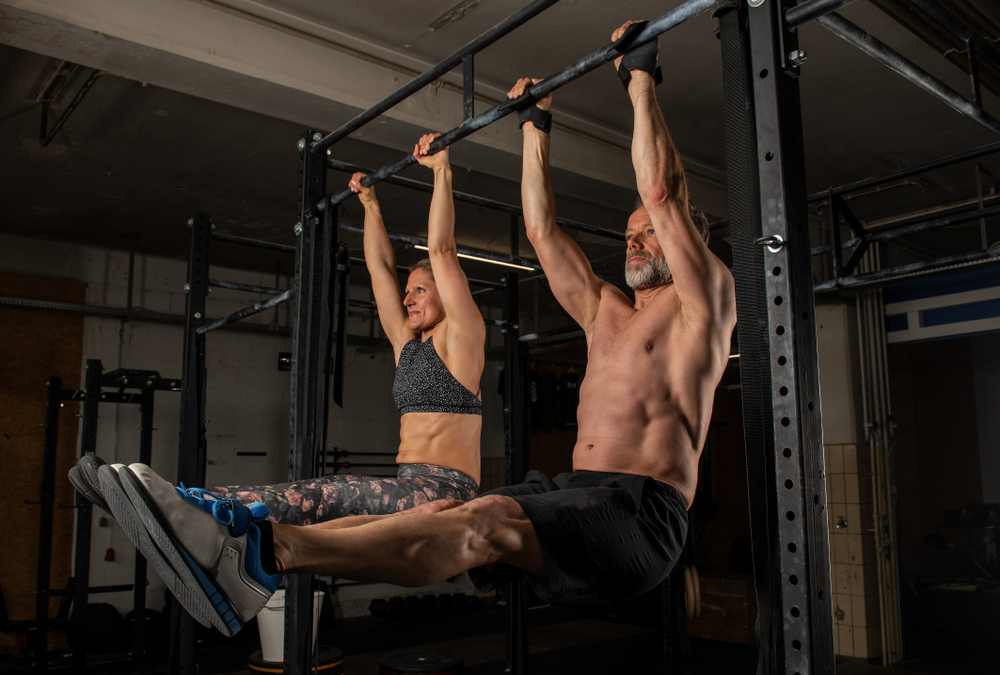Entering a gym for the first time is not always easy for everyone. Some people are more stressed than others about finding the right methodology, choosing the exercises and doing them for the first time. It is therefore important to prepare yourself mentally for the first training session.
Some aspects to consider
During the first session, it is important to take into account the emotional state, and to consider the environment in which one will evolve. The educator or coach should be the first to consider this, in order to create a favourable climate and establish a link with the proposed activity.
- It is also important to consider the objectives to be achieved. These are often divergent, as those desired by the athlete may be partly unattainable, while those envisaged by the educator are achievable, but not always to the athlete's liking.
- Psychological aspects (determining the achievement of objectives in the more or less long term) must also be taken into account:
- the motivation of the practitioner
- his/her interest in the activity.
The methodology to adopt
For a first contact, the proposed exercises must be relatively easy. They should not present any great difficulty in their execution.
The work must be motivating for a start, i. e. not too easy but not too difficult, and for this the PHA circuit training (Peripheral Heart Action popularised by Bob Gajda) can be a solution.
For the educator, it is essential to familiarise the practitioner with the equipment and their arrangement in the space. The numbering of the apparatus can be an interesting guide for a sportsman who is a beginner.
On the other hand, the instructions given must be clear, simple, without technical terms (these will be dealt with during the training sessions).
New instructions and demonstrations can also be given during the training session.
The choice of exercises
The first training session should be based on three categories of exercises:
- Fundamental exercises: balance, abdominals, back work.
These exercises allow proprioceptive integration. The main aim of the sheathing is to create a muscular structure that is sufficiently efficient to help the spine to resist the forces that will be exerted on it. This will allow the spine to continue to perform its protective, cushioning and mobility functions, despite the stresses placed upon it.
- The basic movements, the essentials: the squat, the bench press, and the deadlift.
It is also essential to integrate the basic movements. An important motor coordination (muscular chains) inter segmental and inter muscular (solicitation of poly articular muscles) is required in relation to that.
- Complementary exercises
These are essentially exercises of muscular isolation, easy to execute, and which generally suppose a mono articular work.
The quantitative aspect of the exercises
The number of exercises per session must be limited for two reasons. The first is the physiological reason (work/fatigue ratio). The second is motor learning (difficulty of memorization because of the large amount of information to be recorded).
6 to 8 exercises are the ideal volume of work for a first session. Alternatively, a number of 12 repetitions per exercise can be used.
Some trainers recommend the circuit training option, which is based on the principle of 30 seconds of effort/30 seconds of recovery.
The sequence of exercises
In order to avoid excessive fatigue, it is recommended that the same muscular region is not exercised in succession. It is preferable to alternate the exercises, especially during the first sessions. The first time, it is also advisable to avoid carrying weights or dumbbells.
Example of a session
- Alternate circuit training (PHA)
- Squat (basic exercise)
- Pulley (basic exercise)
- 4-support face lift (basic exercise)
- Deadlift (basic exercise)
- Biceps bar (complementary exercise)
- Hamstring chair or bench (complementary exercise)
- Bench press (basic exercise)
- Lateral gainer (basic exercise)
Automation of movement
During the first training session, the automatism is a little difficult to acquire. The practitioner then goes through five phases:
- The demonstration made by the educator where the practitioner visualizes the exercise to be done
- Verbal support: the teacher provides relevant and understandable information necessary for the exercise
- Improvement of the execution of the exercise: the teacher provides additional visual and verbal information and possible corrections during the session
- The search for feedback: the participant must give feedback on his sensations, his feeling
- The reassurance and the encouragement of the practitioner during his session.
It is important to know that the more the movement is automated, the less the need for visual or verbal information will be felt.
The automation is acquired by the repetition of the gestures by the practitioner, by insisting, from the first session, on the correctness of the movements.






